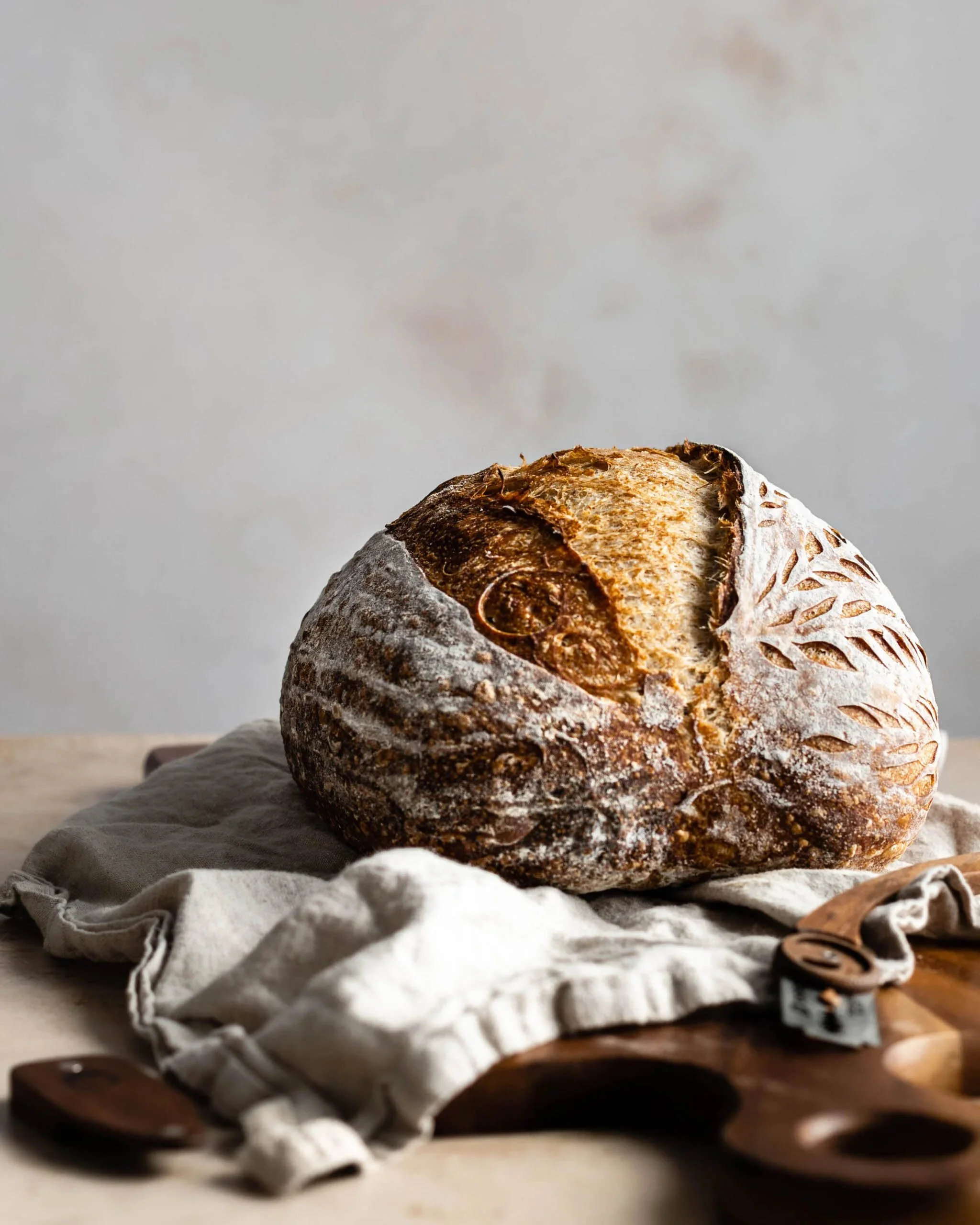Harvest Feast
Corn Goddess from Kornets Hus in the Semine Motherland Travel Guide
Lammas is a late Summer and early Harvest celebration at the same time. It is a time to celebrate the harvest season and show gratitude for the golden crops in the field–and in our own lives.
Celebrating the Grain of Life
August opens with a threshold celebration: the harvest feast of Lammas is a Pagan celebration and one of the eight Wiccan Sabbats of the year. Each Sabbat marks a seasonal turning point.
The Lammas feast occurs on August 1st, roughly halfway between the Summer Solstice and the Autumn Equinox. This celebration celebrates the grain harvest, a vital time in agricultural societies. Grain was essential to survival—if it was left too long in the fields or if bread wasn’t baked in time, families could face starvation.
The word Lammas comes from an Old English phrase meaning “loaf mass.” In early Christianity, the first loaves of the season were blessed during mass, particularly in the Catholic tradition.
Harvest Season
Even though we may not rely on the harvest—and the traditions surrounding it—in the same way today, with supermarkets offering food year-round, the Harvest Feast remains a powerful time to pause and celebrate in gratitude for all that the Earth has provided.
We can honour and connect to the land in our own small ways as we begin preparing for winter, right in the heart of abundance. Whether through feasting with loved ones at tables adorned with sunflowers and marigolds, picking berries in the garden, or foraging in the wild to preserve for the colder months—this is a time to give thanks.
Remember back in February, when you were celebrating Imbolc? Now is the time to prepare at least one jar of jam for the next turn of the wheel. It’s time to bottle the summer—to capture a little of its warmth for the coldest days to come.
“From the field to our hands,
From the sun to our table
—May we be nourished in body and spirit,
As the wheel turns again.”
When: August 1, Harvest Feast/Lammas
A Day of Baking
Modern-day Pagans bake breads and cakes to celebrate the historical grain harvest—and the traditional practice of bread making. Some also observe the day with a harvest ritual, which typically involves decorating an altar with seasonal symbols. These may include scythes (used to cut the grain), corn, grapes, apples, or any other crops harvested at this time.
Rituals often involve casting a circle and speaking words of gratitude to the Earth for its abundance. Afterward, participants share the freshly baked bread and may drink wine to accompany the meal.
Around Lammas, it’s also traditional to engage in clearing, cleaning, and preparing the home for a new season.
Memories from a trip to Kornets Hus from the SEMINE Motherland Travel Guide
Lammas Practices
Lammas marks the turning of the season—from the high days of summer to the first fruits of the harvest. It’s a time to pause and give thanks for the Earth’s generous offerings and reflect on the fields of gold in our lives.
Bake a ‘Lammas’ Loaf
To bake a sacred loaf using the first fruits of the harvest (symbolically or literally), offering thanks for abundance, blessing the home, and connecting to the ancient rhythms of grain, sun, and labour.
Ingredients:
2 cups whole grain flour (ideally rye, spelt, or wheat—symbol of the harvest)
1 cup water (rain or spring water, if possible)
1 tsp salt
1 tbsp honey or molasses (symbolising sun-sweetness and the Earth’s generosity)
1 tbsp oil or butter (for richness and warmth)
1 tsp dry yeast or sourdough starter (fermentation = transformation)
Optional: rosemary, oats, sunflower seeds, dried herbs (to represent the season)
Steps:
Activate the Yeast
In a small bowl, mix warm water with the honey and yeast. Let it sit until frothy—about 10 minutes. Reflect on this rising as the spirit of life awakening in the dough.Mix the Dough
In a large bowl, combine the flour, salt, and any herbs or seeds. Pour in the yeast mixture and oil. Mix and knead until the dough becomes smooth and springy. As you knead, focus on your intentions for the coming season. Whisper or sing words of gratitude.First Rise
Place the dough in a warm bowl, cover it with a cloth, and let it rise for 1–2 hours. During this time, consider writing a few words about what you're harvesting in your life—what efforts are coming to fruition?Shape the Loaf
Punch down the dough gently. Shape it into a round, spiral, plaited braid, or even a figure (such as a sun or sheaf) to symbolise the grain deity. Place it on a baking tray. Let rise again while your oven preheats (about 30 minutes at 200°C / 390°F).Bless Before Baking
Just before placing it in the oven, you may say:“This bread is Earth’s body and Sun’s gold.
I bake with thanks, I bake with love.
May it rise with blessing.”Bake
Bake for 30–35 minutes, until golden and hollow-sounding when tapped underneath. Let cool on a cloth or wooden board.
Share with loved ones.
Journal Reflection Prompt
Fields of Gold
Take a quiet moment on or around the day of Lammas to reflect on any creative projects or seeds you planted at the beginning of the year.
What are the “fields of gold” in my creative and personal life right now?
What seeds have I sown that are ready to be harvested?
How can I celebrate my growth as I move into this new season?
What intentions or blessings do I want to weave into the next season?










